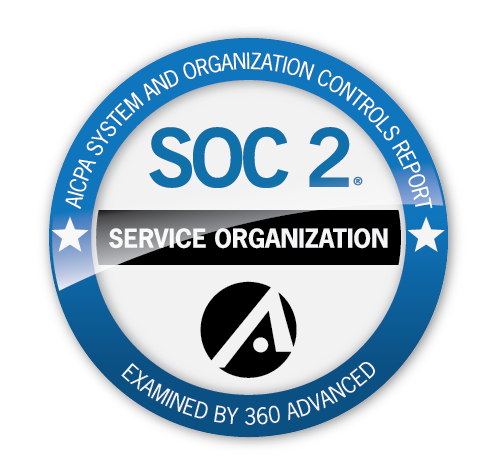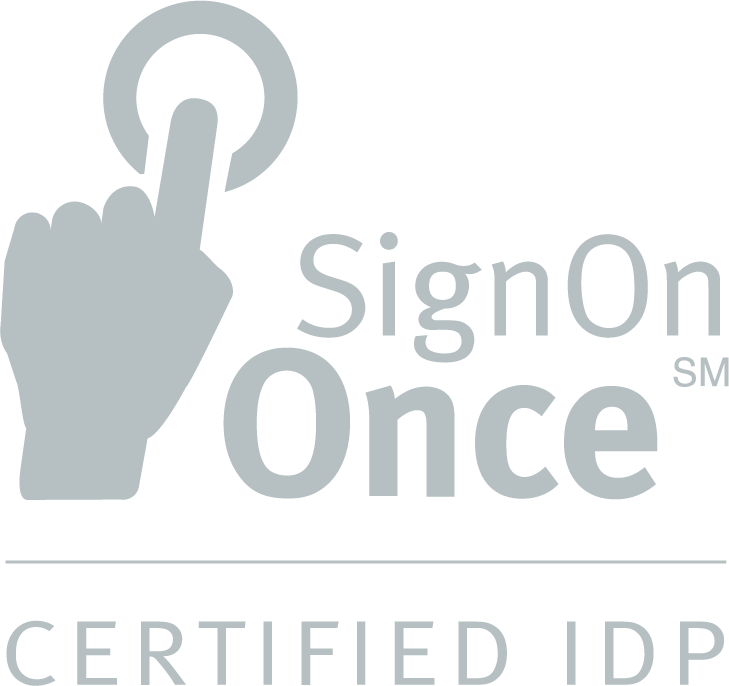By: John Paddock
Across all 50 states in the U.S., there is a wide variation and high degree of inconsistency with standards, license management, lines of authority, qualifications, appointments, and continuing education requirements for agents. For years, some of the industry’s best minds have come together to solve the 50-state compliance issue for both the agency and the carrier sides, and here at Vertafore, we are committed to that solution.
Why is it so complicated and inconsistent? Unfortunately, the answer can be just as complex as the question.
Inconsistencies state-by-state
Although some states offer perpetual licensing, many require regular continuing education and fees for license renewal—and nearly every state has different renewal timing and requirements.
There are technology solutions addressing this issue with a central information repository, such as the NIPR Producer Database (PDB). And while that may seem like the simple and obvious solution, there are two major outliers where processing for licenses and appointments occur outside of the electronic processes and require workarounds: Florida and Massachusetts.
While the other 48 states can manage requests and information exchange with the central repository and gateway, Florida and Massachusetts have their own proprietary systems. These outliers present a major hurdle for any tech provider to build a system or solution that will easily integrate across all 50 states; and while many have tried, it has proven more difficult than expected.
From the carrier perspective, this is a significant obstacle that because it requires manual workarounds and additional training, plus it negatively impacts the overall speed of processing and the agent experience for appointment processing.
A compounding data problem
For a large carrier, there may be tens of thousands of agents in their management system at any given time; therefore, the licensing and appointment compliance issue is a significant headache that affects the insurance industry on a profound level. Implementing a universal compliance tool eliminates the need for carriers to spend significant time and resources developing and maintaining their own in-house solution.
Let’s say a carrier has 100,000 agents in the system, and each agent is licensed in four states. That would be 400,000 license elements to track, modify, and update on a regular basis. Continuing the math, if the carrier appoints to all the state licenses and the writing companies in each state, there could then be over a million appointments across all of the rating companies. In the past, full-time data entry teams would update this information daily, but with technology there are tools in place now to automate these updates in near-real time.
The data itself is no longer a problem to the magnitude it once was. So, what’s the main pain point? Money. The cost of compliance related to the new and renewal appointments can cost a carrier millions of dollars annually.
The price of non-compliance
When a carrier performs a sales authorization and finds that the agent is not properly licensed or doesn’t have the right lines of authority and qualifications to sell this particular product in this jurisdiction, two things can happen. The agent can go back to the end-insured and have an uncomfortable conversation about a failed transaction, which could significantly damage the agent-client relationship.
Or, what’s more common, the carrier will reject the business and wait until the agent’s information is updated with the state and back in compliance.
Processing new business with out-of-date credential information could incur fines and penalties to the carrier upwards of thousands of dollars per incident. And for larger carriers, the cost for multiple violations across more than one agent can skyrocket as well as bring a negative impact to the carrier’s brand.
Think like TurboTax
While carriers recognize the potentially astronomical cost of managing the licensing process and the risk of non-compliance, most need to focus resources on other initiatives rather than a system that tracks licenses and appointments. Compliance should be—and is expected to be—a non-issue and a component of operational excellence.
A compliance solution must be easy, frictionless, paperless, and simple so that compliance is never the cause for a failed business relationship. And the most successful compliance solution will be akin to TurboTax—whoever you are and wherever you are, you plug in your information and the system automatically and accurately tracks the laws, guidelines, and parameters based on the regulations in your jurisdiction so you can do high-stakes business with peace of mind.
A great solution will also address the core business challenges to promote growth in distribution, make your company the carrier of choice, and deliver operational benefits across the spectrum.
Compliance should be that easy, and the only way it will be is with InsurTech and the embrace of something comprehensive built by people with a deep understanding of what it takes and what’s at stake.
For additional information and to discover how Vertafore has addressed the 50-state compliance issue, download our Producer management and compliance infographic.

John Paddock is an experienced insurance operations leader with over 20 years' experience working in top-tier financial services firms including The Hartford and Prudential Financial. Paddock serves as a solution consultant at Vertafore, where he leverages his industry experience to help carrier customers transform their licensing and contracting functions to achieve sales and revenue growth, improved customer experience, increased operational excellence and effectiveness, modernized IT platforms, and a strengthened compliance environment.


